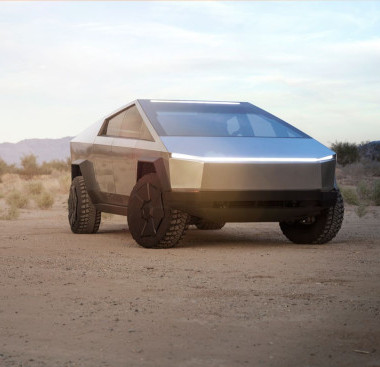Tesla’s Autopilot Technology: The Future of Driving or a Cause for Concern?
Tesla's Autopilot technology is a highly advanced driver assistance system that has generated both excitement and concern among consumers and industry experts alike.

On the one hand, the technology promises to revolutionize the driving experience by offering greater convenience, safety, and efficiency. On the other hand, there are concerns about the reliability, safety, and ethical implications of relying on autonomous driving technology.
One of the key benefits of Tesla's Autopilot system is its ability to help drivers avoid accidents. The system uses cameras, radar, and sensors to monitor the vehicle's surroundings, and can automatically apply the brakes, adjust speed, and steer the car to avoid collisions. This has the potential to reduce the number of accidents caused by human error, which is a leading cause of traffic accidents.
However, there have been reports of accidents involving Tesla vehicles while using the Autopilot system, including some that have resulted in fatalities. Some experts argue that the technology is not yet advanced enough to be relied upon for complete autonomous driving, and that drivers should remain vigilant and ready to take control of the vehicle at all times.
In addition, there are concerns about the ethical implications of autonomous driving technology, such as the question of who is responsible in the event of an accident involving a self-driving car. There are also concerns about the impact on employment, as the widespread adoption of autonomous vehicles could potentially lead to job losses in the transportation industry.
Overall, while Tesla's Autopilot technology shows great promise for the future of driving, there are still significant concerns that need to be addressed before it can be widely adopted. It is important for manufacturers and regulators to work together to ensure that autonomous driving technology is developed and deployed in a responsible and ethical manner, prioritizing safety above all else.
Some other concerns with Tesla's Autopilot technology include:
- Misuse: Some drivers have misused the Autopilot system by taking their hands off the steering wheel or engaging in other distracting activities while the car is in autonomous mode. This can increase the risk of accidents and underscores the need for clear guidelines and regulations regarding the use of autonomous driving technology.
- Cybersecurity: Autonomous driving systems are vulnerable to cyberattacks that could compromise the safety and security of the vehicle and its occupants. Automakers must prioritize cybersecurity measures to prevent such attacks and protect the privacy and security of drivers and passengers.
- Legal and regulatory issues: There is still no clear legal framework for autonomous driving technology, and regulations vary from state to state. This can create confusion and legal uncertainty for automakers and consumers alike. Moreover, the regulatory environment must adapt to the rapid pace of technological innovation and be flexible enough to accommodate new advances in autonomous driving.
- Cost: Autonomous driving technology is still relatively expensive, which could limit its accessibility and adoption by the general public. As the technology becomes more widespread, however, economies of scale and increased competition should help to bring costs down and make autonomous driving more affordable for everyone.
In conclusion, Tesla's Autopilot technology represents a major breakthrough in autonomous driving, but it also poses significant challenges and concerns that must be addressed. As the technology continues to evolve and improve, it is important for manufacturers, regulators, and consumers to work together to ensure that autonomous driving technology is developed and deployed in a safe, ethical, and responsible manner.









